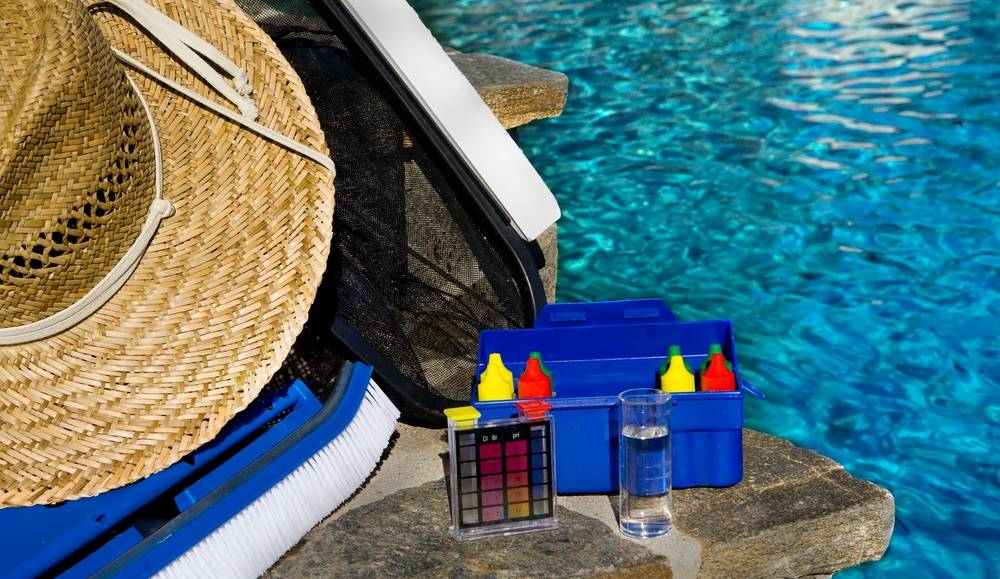So it has been two years since my original post. I thought adding a few comments might help speed up the lerarning curve or give some other new pool owners more confidence that they will figure out the testing procedure. If I did, anyone could.
It did initially take me a few weeks to get comfortable performing all the tests and some are more interpretive than others. Within a few months I had the testing procedures memorized as to how many drops of each agent and testing is pretty efficient. Now, on a normal basis I test pH and Chlorine every few days, TA once a week, CH, CYA & Salt every ten days/two weeks. If there is severe weather or a significant change to the water level I will test more frequently. Now, I think I understand my pool better, anticipate what it needs and when based on usage, temperature, weather and changes in water level.
I changed some of the testing equiptment which made a difference for me. First off, I threw the pH test block in the trash. The colors faded and my pH was way off, which caused me a lot of headache in trying to balance the pool and all along it was a shoddy test block. That story is
here. I now use the
Taylor pH Test Block, which is also more granular than the block that comes with the TF test kit (.2 v.s .3 if I remember correctly), helping me better interpret the pH level. You have to use R-0004 in the Taylor block and not R-0014 that comes with the TF kit. I also replaced both the test cylinders as the lines faded on them quite quickly. I bought glass beakers, a 25 ml for 10ml tests and a 50 ml for TA. It gives plenty of room to swirl the contents well. I don't use a Speed Stir, though you could find a dozen threads on TFP and the benefits/debates of using one. I opted not to go there.
The one test method I changed around was CYA. Rather than filling with pool water to the bottom of the label and agent to the top of the label, I just measure out equal parts of each and add them individually to the test bottle. For me that works better than using the label as a guide.
I will say it was pretty easy getting initially established but is a constant learning process. I have so much more to learn just about pool chemistry, not to mention all the other aspects of maintaining a pool, but TFP is a HUGE help!



 Before you start adjusting chemical levels, I would first obtain a proper test kit and test the water yourself. It's easy and much more reliable. Plus, if you have algae, you will require a
Before you start adjusting chemical levels, I would first obtain a proper test kit and test the water yourself. It's easy and much more reliable. Plus, if you have algae, you will require a 








